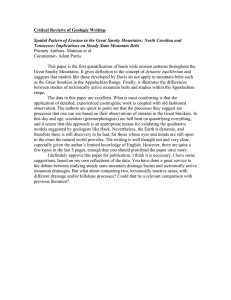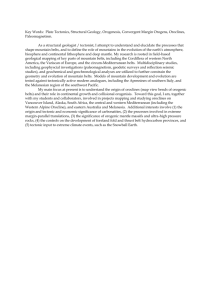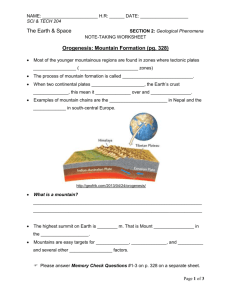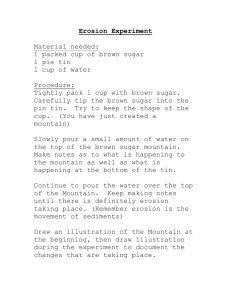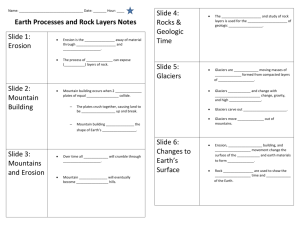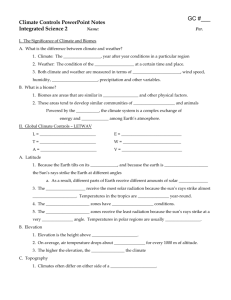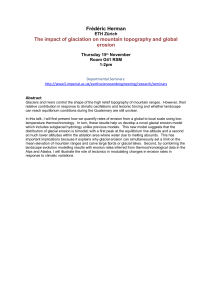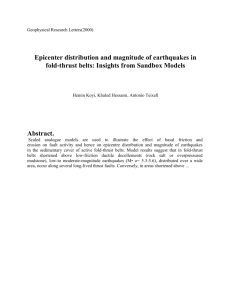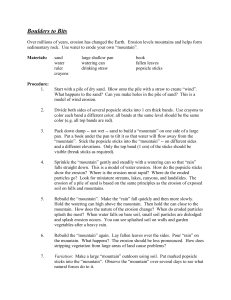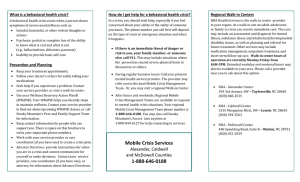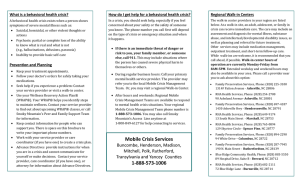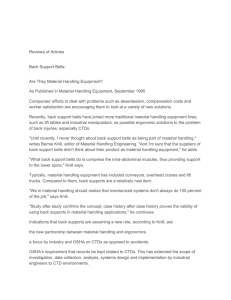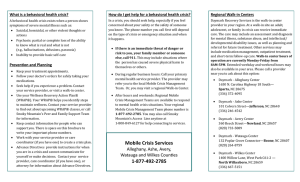Spatial Pattern of Erosion in the Great Smoky Mountains, North
advertisement
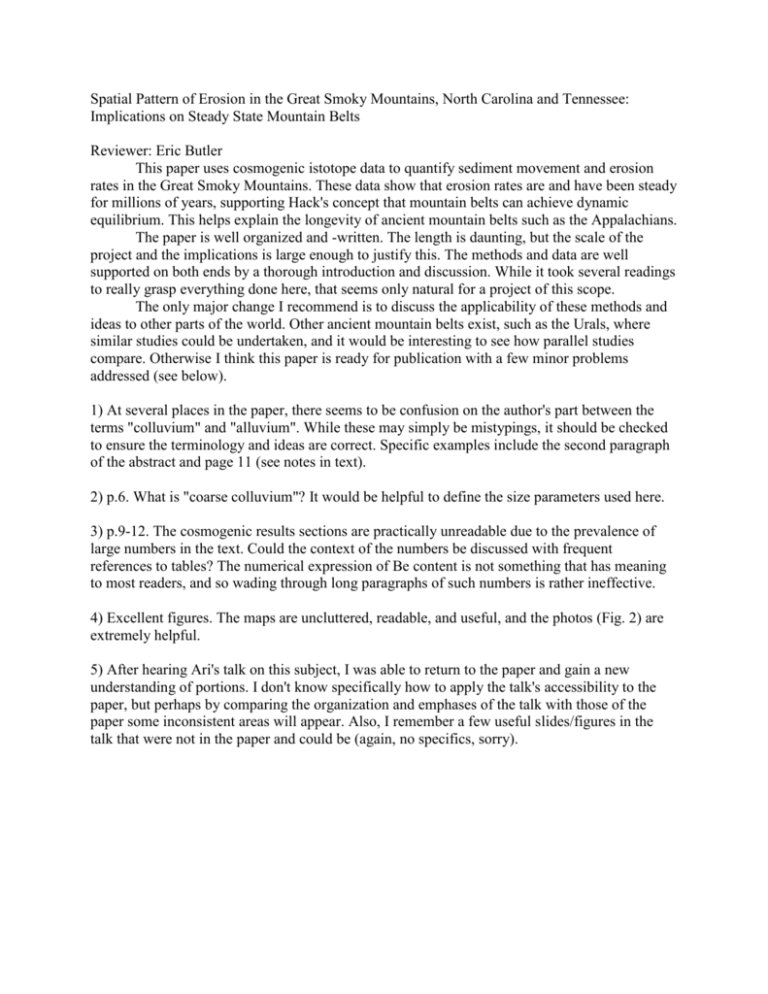
Spatial Pattern of Erosion in the Great Smoky Mountains, North Carolina and Tennessee: Implications on Steady State Mountain Belts Reviewer: Eric Butler This paper uses cosmogenic istotope data to quantify sediment movement and erosion rates in the Great Smoky Mountains. These data show that erosion rates are and have been steady for millions of years, supporting Hack's concept that mountain belts can achieve dynamic equilibrium. This helps explain the longevity of ancient mountain belts such as the Appalachians. The paper is well organized and -written. The length is daunting, but the scale of the project and the implications is large enough to justify this. The methods and data are well supported on both ends by a thorough introduction and discussion. While it took several readings to really grasp everything done here, that seems only natural for a project of this scope. The only major change I recommend is to discuss the applicability of these methods and ideas to other parts of the world. Other ancient mountain belts exist, such as the Urals, where similar studies could be undertaken, and it would be interesting to see how parallel studies compare. Otherwise I think this paper is ready for publication with a few minor problems addressed (see below). 1) At several places in the paper, there seems to be confusion on the author's part between the terms "colluvium" and "alluvium". While these may simply be mistypings, it should be checked to ensure the terminology and ideas are correct. Specific examples include the second paragraph of the abstract and page 11 (see notes in text). 2) p.6. What is "coarse colluvium"? It would be helpful to define the size parameters used here. 3) p.9-12. The cosmogenic results sections are practically unreadable due to the prevalence of large numbers in the text. Could the context of the numbers be discussed with frequent references to tables? The numerical expression of Be content is not something that has meaning to most readers, and so wading through long paragraphs of such numbers is rather ineffective. 4) Excellent figures. The maps are uncluttered, readable, and useful, and the photos (Fig. 2) are extremely helpful. 5) After hearing Ari's talk on this subject, I was able to return to the paper and gain a new understanding of portions. I don't know specifically how to apply the talk's accessibility to the paper, but perhaps by comparing the organization and emphases of the talk with those of the paper some inconsistent areas will appear. Also, I remember a few useful slides/figures in the talk that were not in the paper and could be (again, no specifics, sorry).
